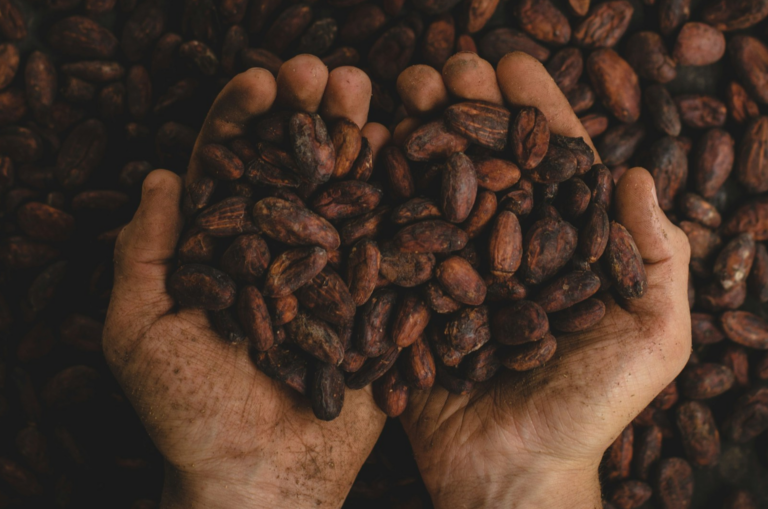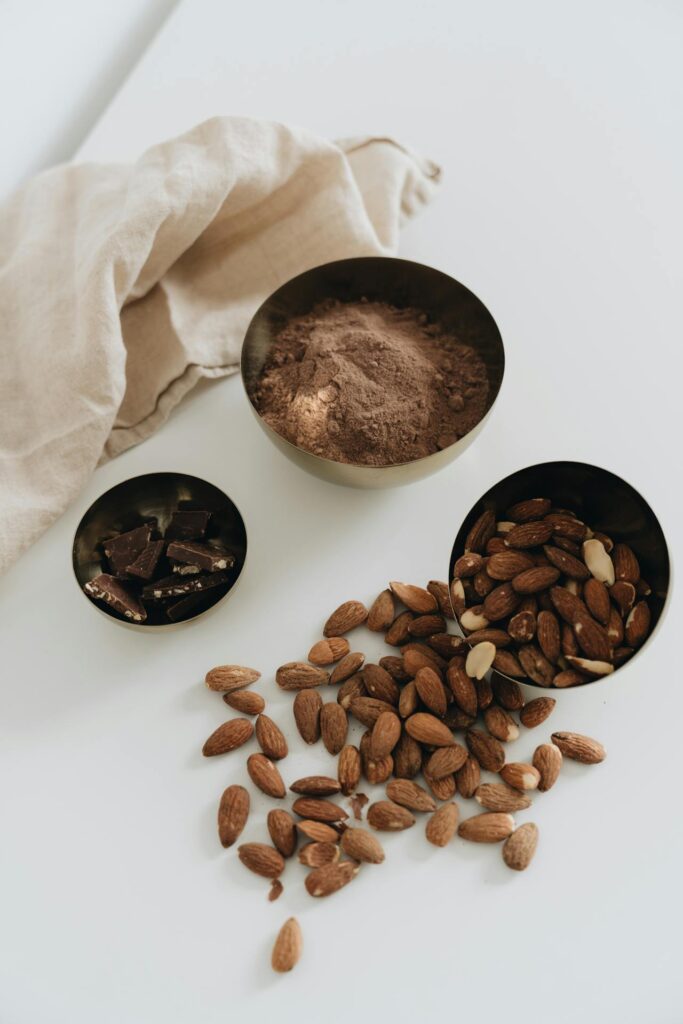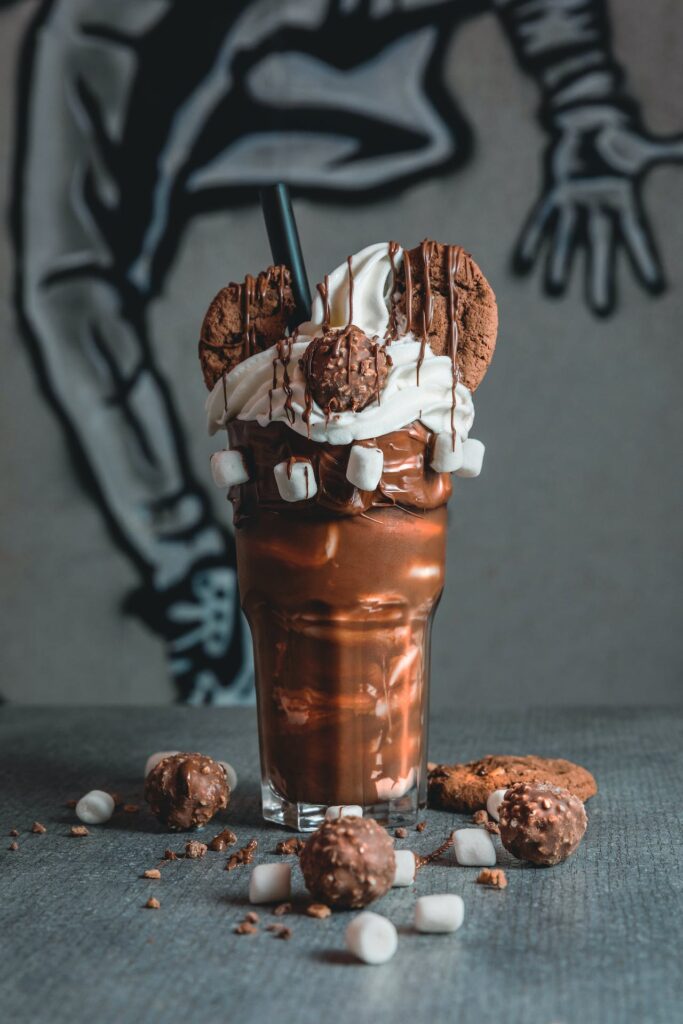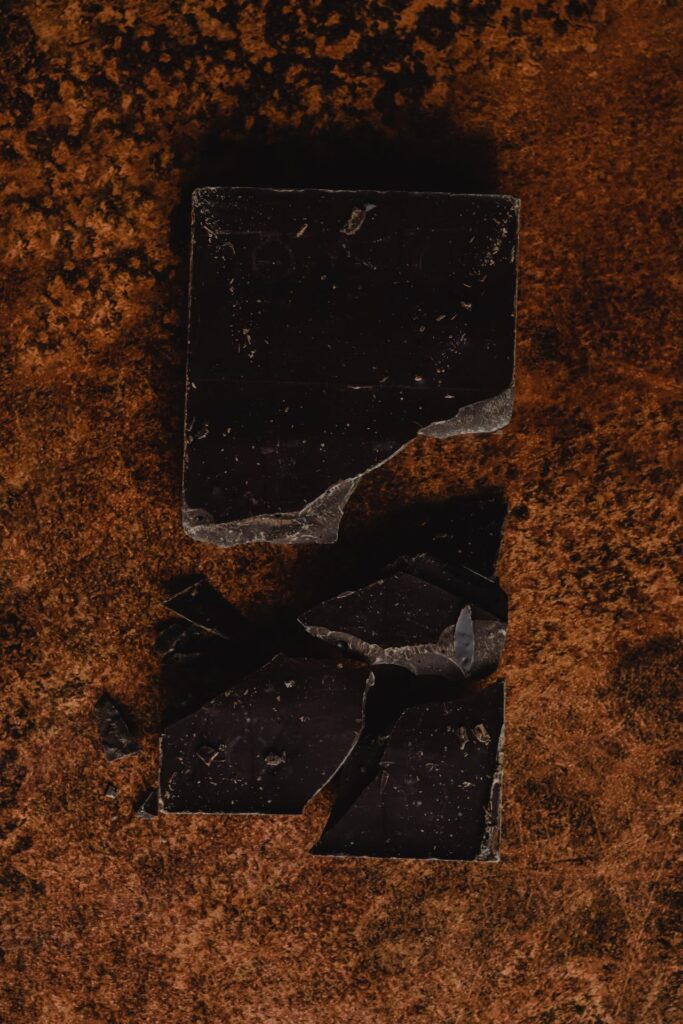The Future is Cacao
Posted: 04 Mar 2024

The Future is Cacao: Innovations and New Ideas in the World of Chocolate
Combine imagination and action, and you get innovation. With exciting launches such as ruby chocolate, blond chocolate, and vegan milk chocolate in the last few years, it’s clear that there’s plenty of scope for thinking outside of the box when it comes to cacao. With chocolate, the possibilities for innovating are almost limitless, whether you’re an artisan chocolatier focusing on flavour and design, or a cocoa producer concentrating on cacao farming methods and business operations.
Like in any business, chocolatiers need to keep experimenting and improving if the chocolate industry is going to continue to thrive. On that note, we looked at the growing trends in innovation coming out of the chocolate industry. Here’s what we found…
by Lyndsey Hall
04 March 2024
Chocolate and a Healthy Lifestyle
We all know chocolate is good mood food, but can it also be good for your health and the planet? Some chocolatiers are trying to find a way that our favourite sweet treat can also benefit our bodies and the world around us.
Under the banner of the Better For You trend, we’re seeing lots more health-conscious, lighter options for tempting treats. These range from chocolate with reduced or unrefined sugar; plant-based couvertures; wholefruit chocolate made using the cacao pod pulp as well as the beans; and even cocoa-free alt-choc, made using carob or fermented oats instead of cacao.
One of the companies responsible for producing cocoa-free chocolate, UK-based WNWN (pronounced Win Win), wanted to create something that chocolate-lovers would enjoy, without the shadow of the cacao industry’s darker side. Deforestation, slavery and child labour are still huge concerns for cocoa producers, but this new invention side-steps all of the well-documented issues by replacing cacao with carob; another fruit that, when roasted, has a similar taste to chocolate. You may have seen carob in health food shops, or at the pet store as an ingredient in ‘dog-friendly chocolate’, as it’s a cocoa alternative that’s considered safe for animals.
There’s also been a surge in demand for raw, organic and clean-label cocoa products, as Millennials and Gen Z push for more transparency and less unnatural additives in their food and drink. Recently, we’ve seen chocolate bars with additional health benefits growing in popularity, from added vitamins and protein to vegetable inclusions (freeze-dried Brussels sprout, anyone?), and even CBD from hemp extract. It seems anything goes when it comes to natural and healthy additions in chocolate bars; the more progressive and unique, the better!
Chocolate has always been seen as a special treat and something that we reach for in moments of celebration or indulgence, but with these increasingly healthful, planet-friendly options on the rise, there’s no reason not to indulge on a more regular basis! Which is great news for your chocolate business.


The Innovative Chocolate Experience
Artisan chocolate has always been about the experience. Knowing where the cocoa came from to make your bar or praline, understanding the ethics of the producer and craftsperson who made it, and savouring each bite as you treat yourself to a small indulgence made using the finest quality ingredients. And never has that been truer than today, when surprising flavour combinations, unique ingredients, and exquisite single origin couvertures are more readily available than ever before.
New and exciting trends in taste that are on the rise include dessert fillings; uncommon citrus fruits, like yuzu; and even savoury flavour profiles (as seen in the hugely popular salted caramel trend). Chocolate is no longer just another ingredient in desserts and patisserie, popular puddings like crème brûlée, English trifle and fruit crumble are now filling chocolate bonbons and bars beside their traditional counterparts, like caramel and praline.
Some chocolatiers are crafting tasting journeys for their customers, creating ranges with specific cultural influences from different countries that allow consumers to travel the world with each bite. Others are focusing on the sensorial quality of their chocolate products, combining textures and trying new and interesting ways to deliver delicious flavours. Guided chocolate tasting events are becoming more popular, as consumers begin to seek out higher quality chocolate products, and cacao joins wine and coffee as a premium product imbued with heritage and story.
One of the most exciting trends we’ve seen coming up is personalisation, but not as you currently know it. Instead of chocolate moulds with the recipient’s name or a personal message on them, these chocolatiers are allowing customers to create their own unique flavour combinations by providing all the pieces you need to build your own praline or bonbon. Featuring various chocolate bases, flavoured ganache and fillings, these interactive chocolate experiences give full control over the taste of their chocolate creations to the consumer.
This constant exploration and experimentation in cacao means there are always new and innovative chocolate products, and surprising combinations of flavour and texture to try. Even lovers of the old classics enjoy sampling something different every now and then, so don’t be afraid to give your customers the chance to be adventurous too.
Taking a Technological Approach to Chocolate
Chocolate might have been around for centuries, but the discoveries and innovations keep on coming. Whether it’s the use of AI and 3D printing in chocolatiering, or advances in sustainability that have seen a return to cacao agroforestry rather than unsustainable monocultures. Or the surge in bean-to-bar crafters, the rise in demand for eco-friendly packaging, and the growing popularity of private label products. Chocolatiers and consumers alike expect more out of their chocolate today, especially with rising cocoa prices, and that has led to an explosion of innovation in the industry.
Research and development in the cacao industry has brought us some of the most exciting advances in production in decades, such as the ability to trace cacao back to a specific plantation, or even to within a square metre on the farm. This allows farmers and producers to understand the unique characteristics of the cocoa, and how environmental factors impact on the terroir, influencing the quality and flavour of the final product. This knowledge gives farmers the opportunity to maximise resources and improve consistency in their crops, increasing yield and benefitting everyone in the supply chain.
One way that farmers are reducing waste and increasing output is by using the whole cacao pod in the chocolate making process, including the pulp, or mucilage. According to a study by the Upcycled Food Association, if all producers used this method, it would save the same amount of CO2 as planting 3.5 billion trees per year—an area bigger than France and Germany combined. That would have a hugely beneficial impact on the environment as well as the cacao farmers and their communities. And the pulp can be used to make chocolate couverture or fillings, lending a fruity, fresh sourness to the cocoa notes.
Advances in technology and a stronger focus on ethics and sustainability mean easier traceability and an increase in single origin and single plantation chocolates. Which is great news, at a time when customers are looking for unique, ethical treats and a pleasurable chocolate experience they can feel good about enjoying.

Transparency amongst chocolate producers when it comes to ethics and sustainability practices has improved in recent years, but there’s still some way to go. Many of the big chocolate companies around the world now have targets for sustainability, and are holding themselves accountable by partnering with organisations like Cocoa Horizons and creating collaborative models like The Chocolate Dream. This focus on the ethical side of chocolatiering is a welcome trend, and one we hope will continue to grow.
The rest is about having fun, experimenting and giving your customers a little bit of what they fancy. Who can argue with that?
Learn more about cacao farming practices in our guide An Introduction to Cacao Agroforestry, and find all the flavour, texture and design inspiration you need for your bonbons, bars and shards in our Recipe Hub.

Lyndsey is a marketing executive, writer and lover of books and chocolate from Sheffield.
Her favourite chocolate is Cacao Barry Lactee Superieure.
.svg)
.png)